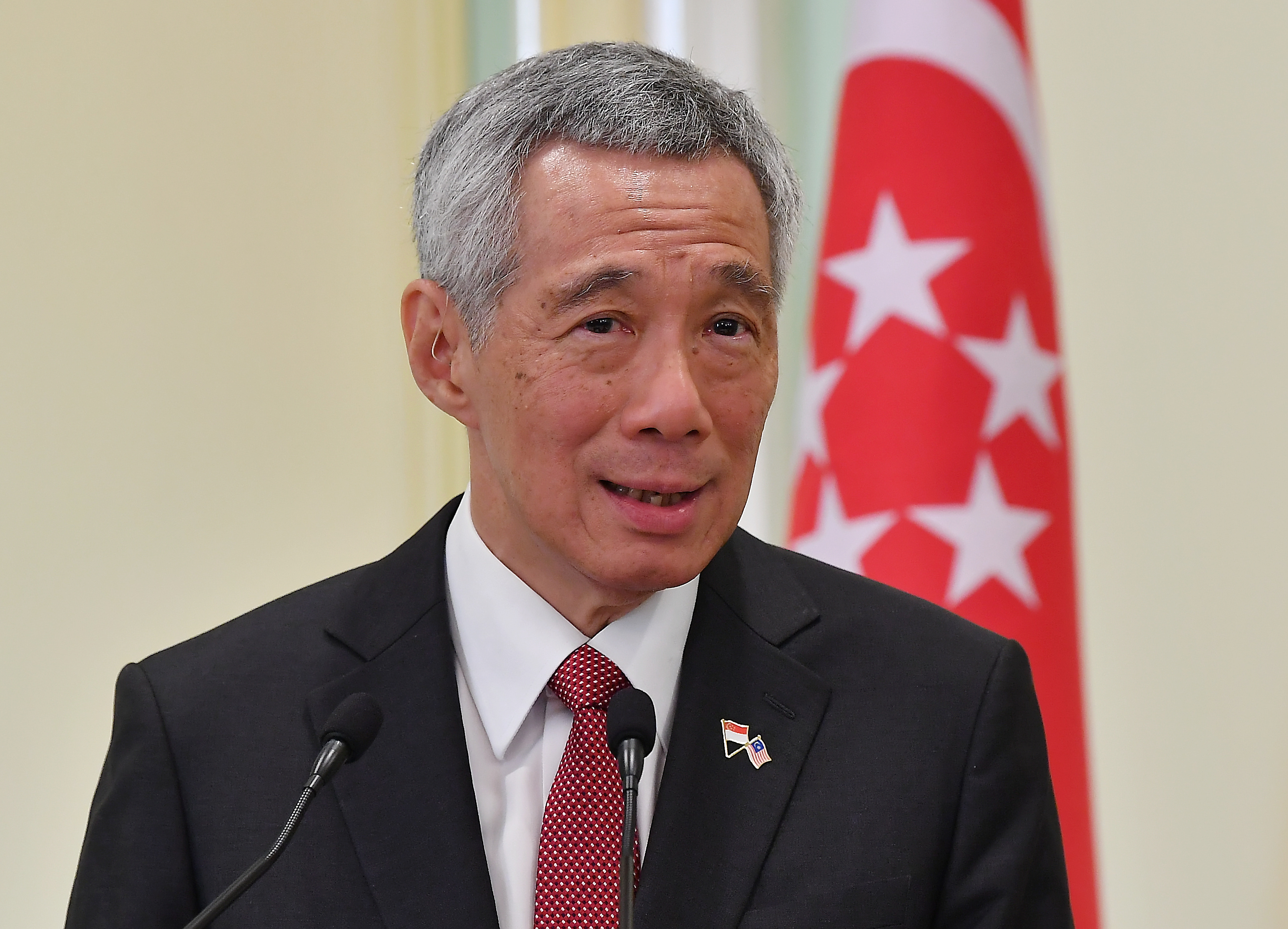By Massita Ahmad
SINGAPORE, July 11 (NNN-BERNAMA) — The People’s Action Party (PAP), which has formed the government since Singapore gained independence in 1965, has a scheme which allows the voice of the opposition to be heard in Parliament.
This Non-Constituency Member of Parliament (NCMP) scheme, introduced 36 years ago, is the openness in accepting varied views that the PAP has practised.
The scheme started off with a minimum of three opposition MPs and a maximum of six being appointed to Parliament. The NCMPs have the same voting rights as the elected MPs.
In January 2016, PAP secretary-general Lee Hsien Loong himself announced that the minimum number of opposition MPs will be raised from nine to 12 beginning from the general election that was concluded Friday and saw the PAP retain power by taking 83 of the 93 seats at stake.
The scheme ensures there will be a minimum number of opposition representatives in Parliament and that views other than the government’s can be expressed in Parliament.
Under the scheme, losing opposition candidates with the highest percentage of votes secured in a general election, subject to a minimum of 15 per cent of the votes cast, can be offered seats in Parliament if the number of elected opposition candidates falls short of the minimum number.
In the just-concluded election, the Progress Singapore Party (PSP), which contested the five-member West Coast GRC, has the highest percentage among the losers with 48.31 per cent.
The West Coast team of the newly-formed PSP was led by its chief, Dr Tan Cheng Bock himself.
Dr Tan, a former PAP MP and a 2011 Presidential Election candidate, along with 23 other candidates, failed to get any seat in Parliament.
PSP fielded the second largest group after the Workers’ Party, which fielded 21 candidates.
Lee congratulated Pritam Singh, chief of the Workers’ Party which has 10 elected MPs in the 14th Parliament, saying he recognised him as the leader of the opposition and “ I look forward to working together with him”.
In response, Pritam Singh said: “I look forward to serving as the leader of the opposition and will carry out my duties to the best of my abilities.”
Apart from Hougang SMC (single member constituency) and the five-member Aljunied GRC (group representation constituency), the Workers’ Party now has a second GRC, the newly created four-member Sengkang GRC.
Lee said he was disappointed that the PAP failed to take Sengkang GRC, describing it as a “significant loss to a 4G (fourth generation) team”.
“Of course, I am disappointed that the PAP lost Sengkang GRC. (Ng) Chee Meng and team realised that the competition was intense. They fought to the end. However, the voters of Sengkang have made their decision and we respect their decision,” he said.
The team of Chee Meng, who was Minister in the Prime Minister’s Office, also had Dr Lam Pin Min, former Senior Minister of State for Transport and Health; Amrin Amin, former Senior Parliamentary Secretary for Home Affairs and Health; and new face Raymond Lye.
Besides the PAP, Workers’ Party and PSP, eight other political parties as well as a sole independent candidate contested to fill the 93 parliamentary seats through the 17 GRCs and 14 SMCs in the 31 electoral divisions.
— NNN-BERNAMA






